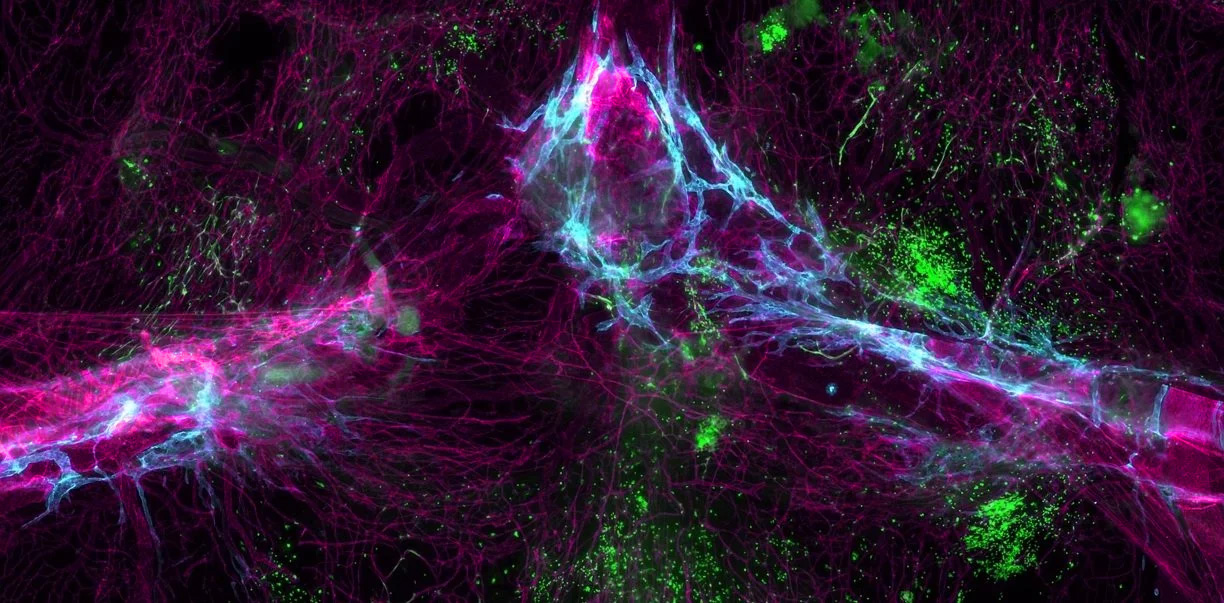Prime Healthcare is known for saving hospitals. Their top priority is making sure to protect patient information, as well as providing excellent care which directly impacts the community.
David Yancey supports Prime Healthcare’s mission by keeping the lights on. It is David’s job to ensure that all the applications that they have, EMR imaging systems, even down to printing, have access to the Active Directory infrastructure.
Cyberattacks have affected every industry, but the stakes are higher in healthcare.
David Yancey, Senior Systems Engineer
Listen as David describes how he used Semperis Active Directory Forest Recovery (ADFR) to improve his AD recovery process after an internal change led to the outage of multiple domain controllers in their data centers.
Speaker: David Yancey, Senior Systems Engineer, Prime Healtcare Prime Health care is known for saving hospitals. Their top priority is making sure to protect patient information, as well as providing excellent care, which directly impacts the community. Since I’m an Active Directory engineer, in my role, I support Prime Health Care’s mission by keeping the lights on. And what I mean by that is making sure that all the applications that we have—EMR, imaging systems, even down to printing—has access to our Active Directory infrastructure. The role that Active Directory plays in our IT infrastructure is one of high importance. It directly affects the authentication of medical record systems, as well as many other systems, such as imaging and diagnostic machines. Cyberattacks have affected every industry, but in healthcare, the stakes are higher. It would be seen across all 45 hospitals immediately. It would be something that we would have to restore immediately. Every single hour and every single minute actually affects the level of care we can actually provide, especially in the day and age of the coronavirus. We started investigating Semperis solutions because of an actual internal change that we made. It didn’t go right, and it led to the outage of multiple domain controllers within our data center. We had to painstakingly restore Active Directory—multiple different domain controllers—to get everything back up. The amount of time it took us to recover was outside of the acceptable range. Now it’s different. With Semperis, our Active Directory recovery time improved dramatically—changed from weeks to hours. I can actually come up with metrics to tell management that Active Directory will be restored within a certain time frame based on how many domain controllers are down. That is very invaluable to management. My favorite thing about the Semperis ADFR solution is its automation abilities. Metadata cleanup when done manually is very cumbersome and actually can lead to human error. Semperis automates that. It goes through, cleans up everything, and then gets Active Directory working where I don’t have to even worry about that. Implementing Semperis has improved our security posture. For one, by giving us the ability to even create test environments. We can deploy an Active Directory now into other pseudo-environments to test our medical applications. To me, having a cyber resilience/Active Directory disaster plan is a very big relief. I know that the backups that I am taking and the restores that I’m doing have been vetted for specific vulnerabilities. Semperis has a robust Active Directory recovery team, which has some of the people that pretty much wrote the book on Active Directory recovery. It’s amazing actually working for a healthcare company because I know that I may have an impact on patient care. It does make working in IT that much better when you know you’re actually helping people.


